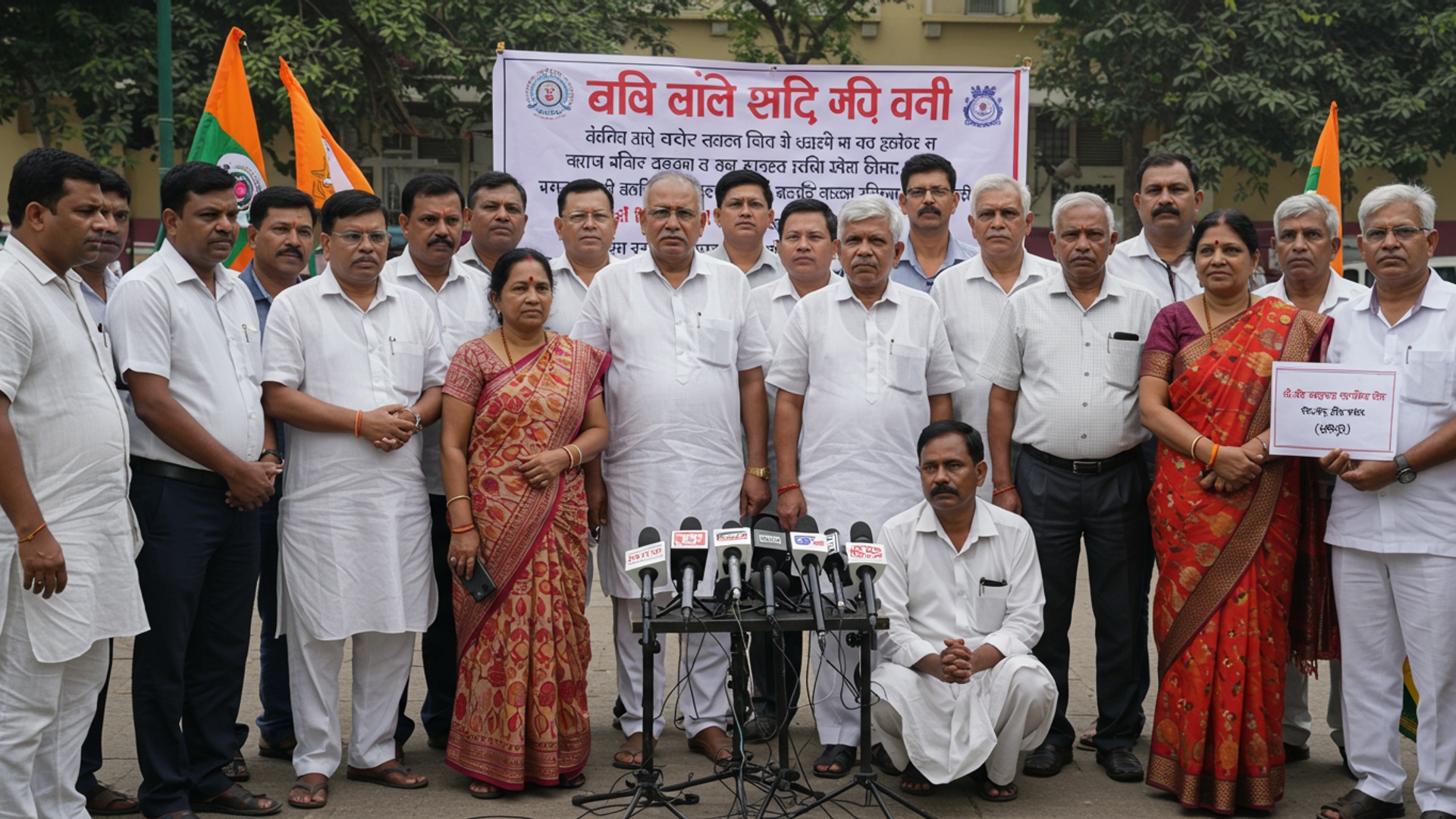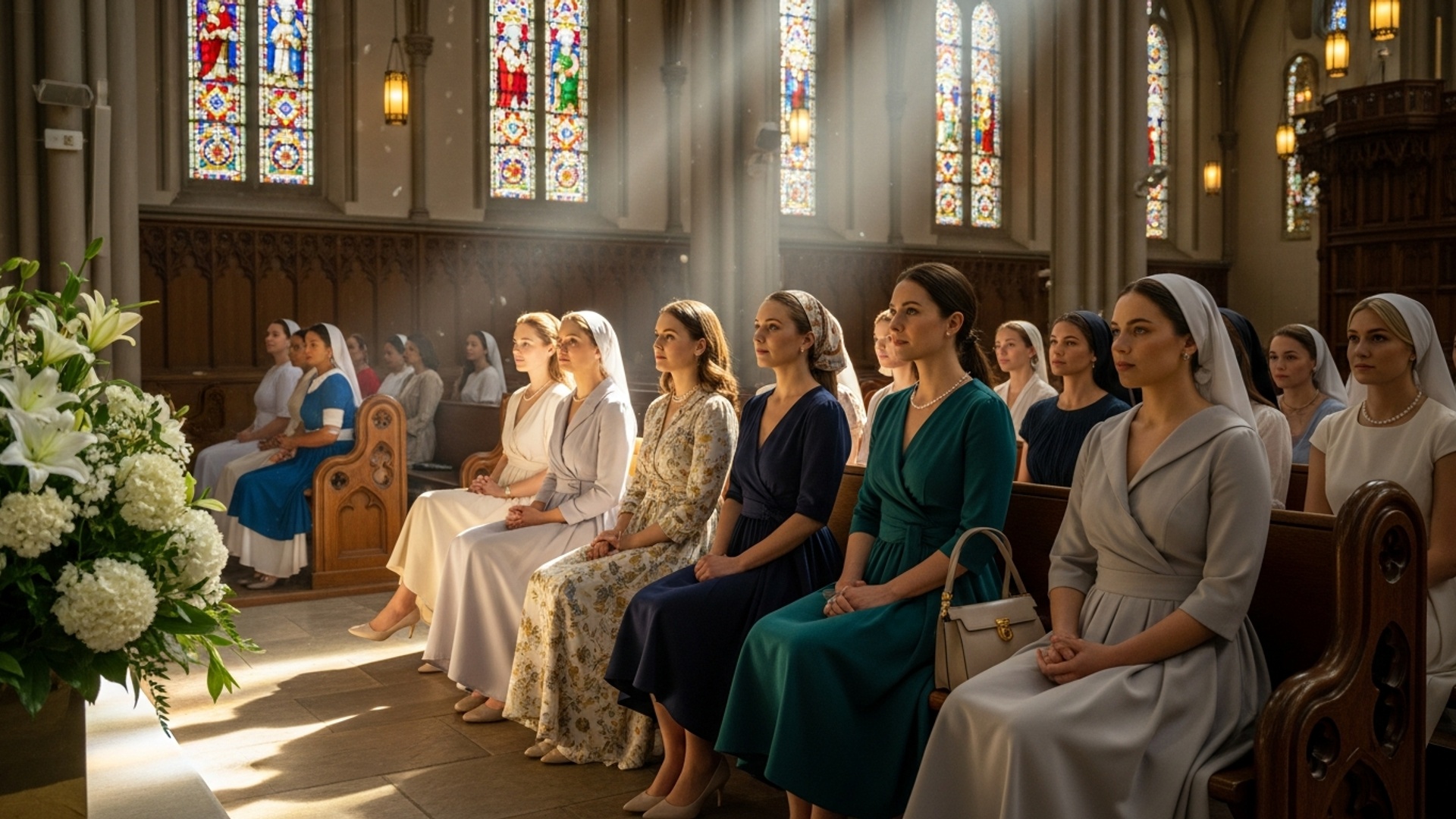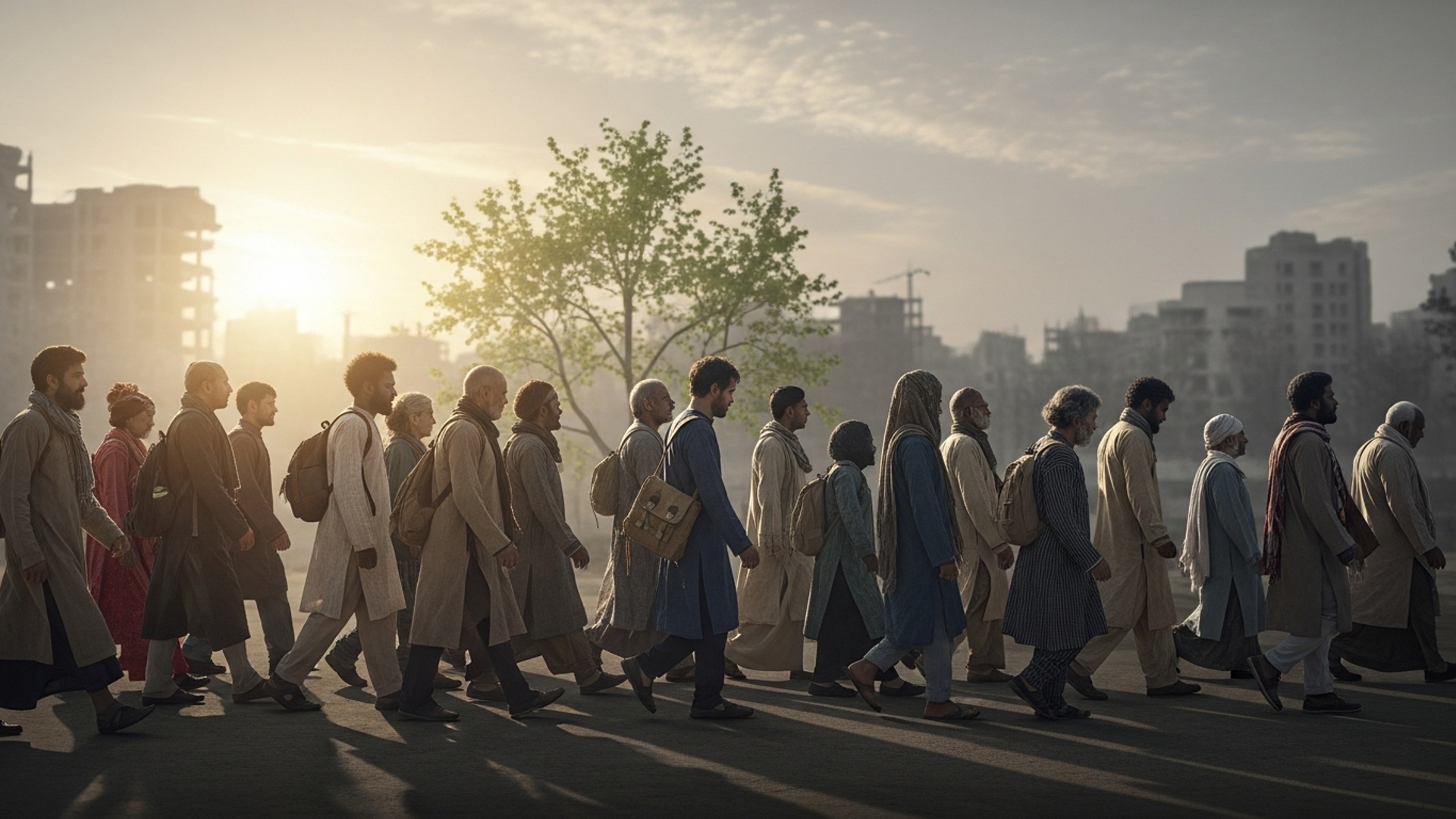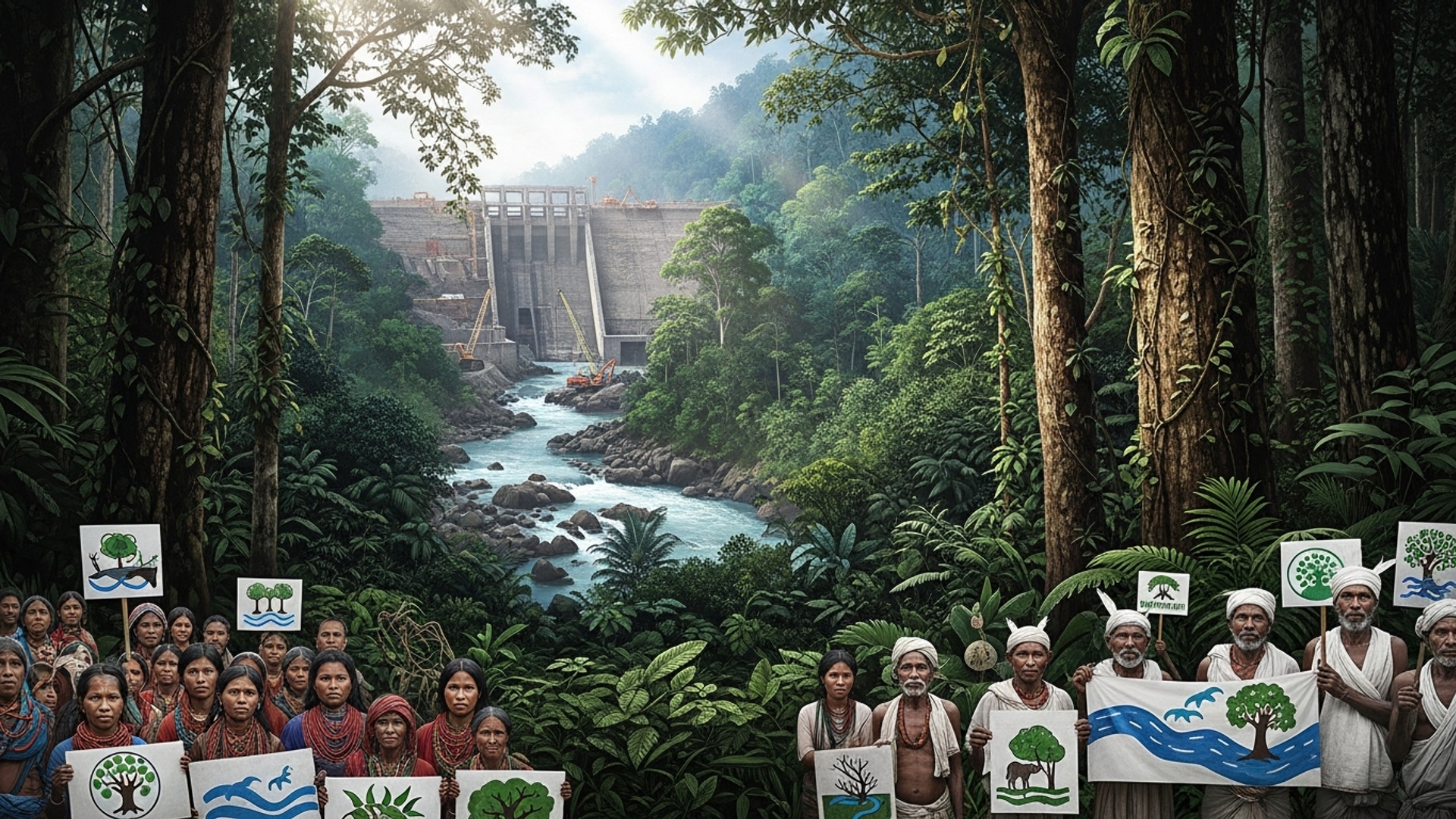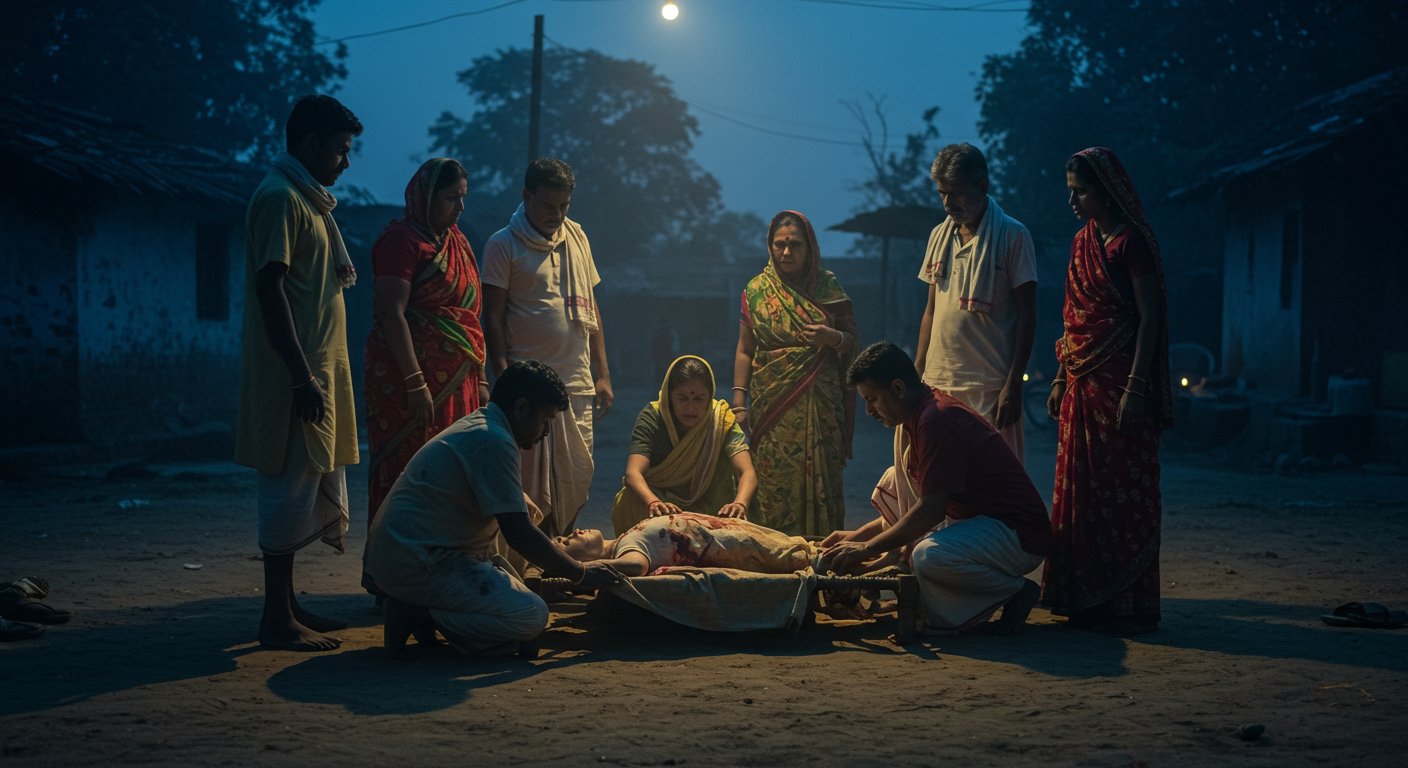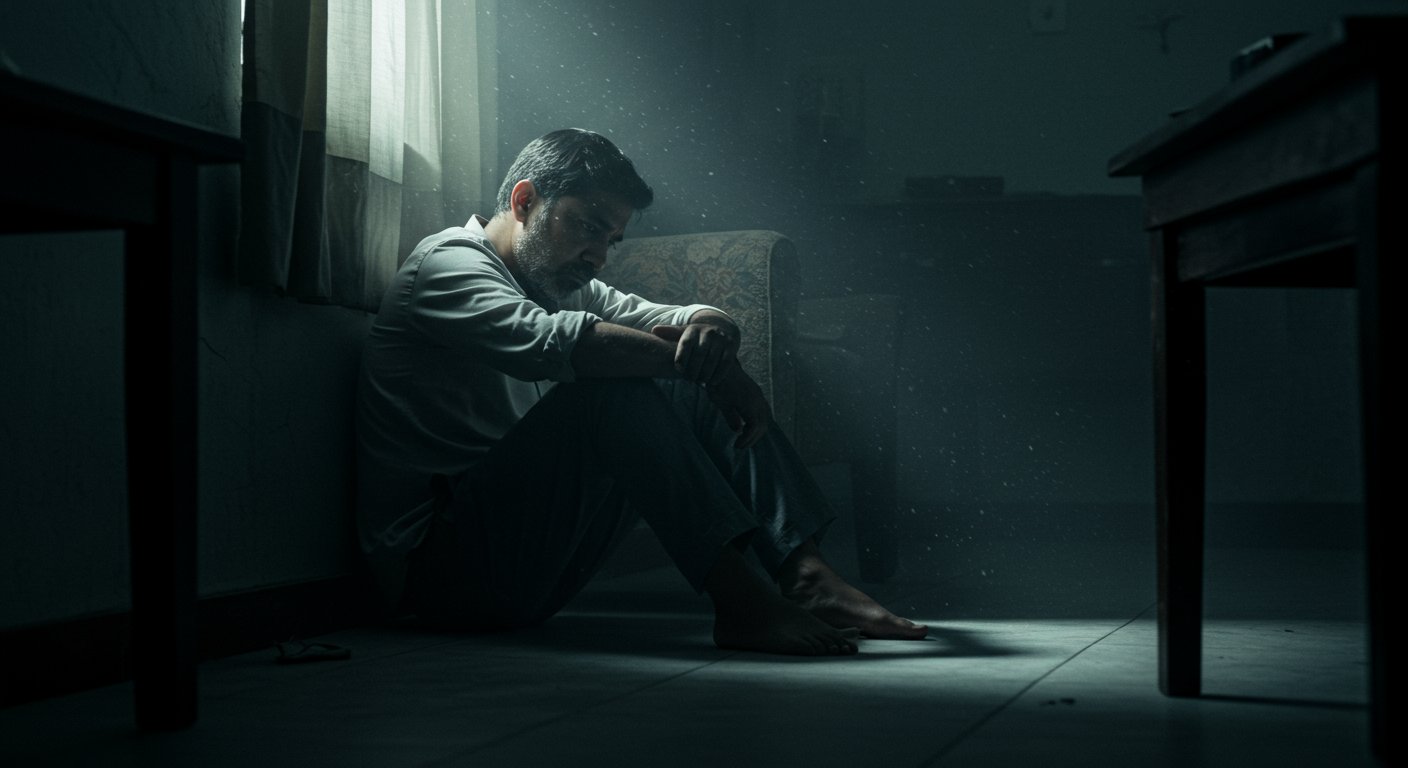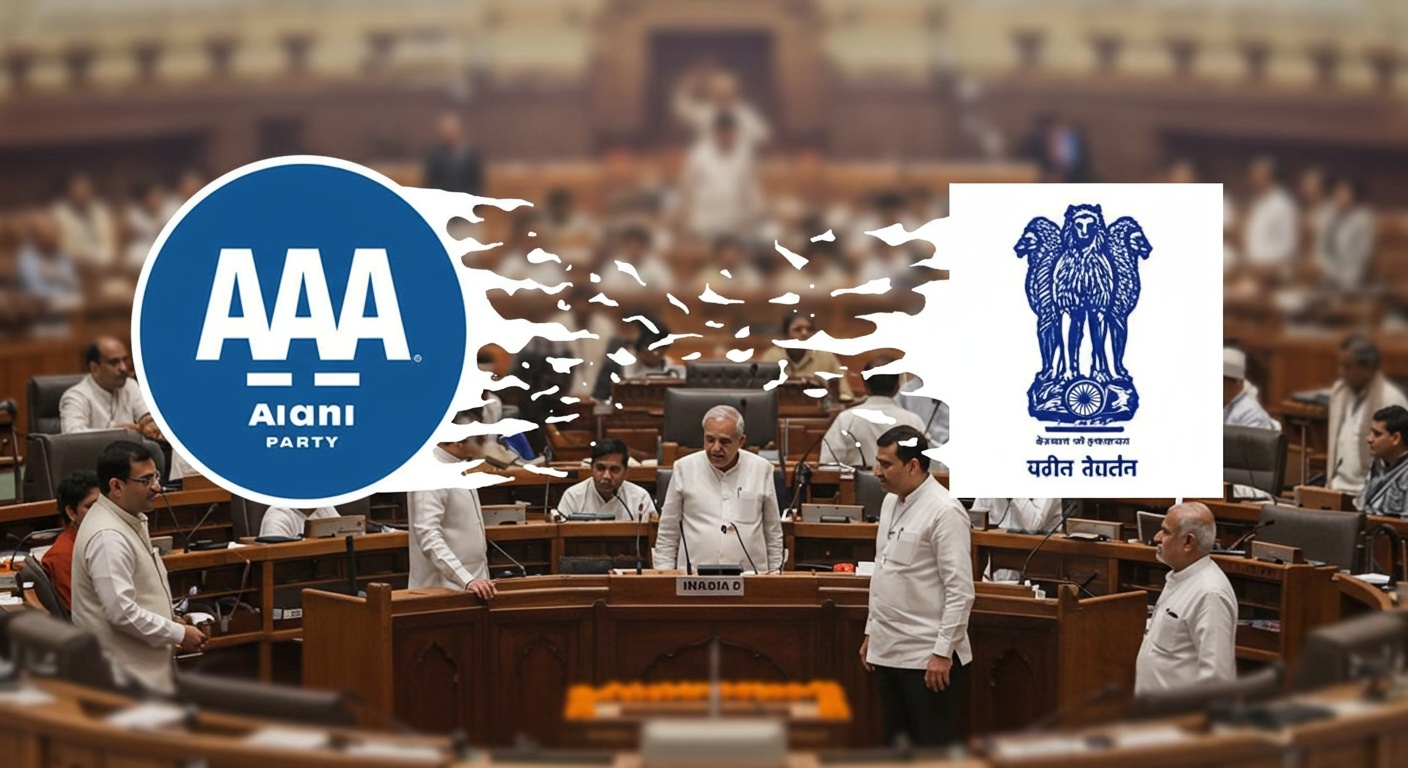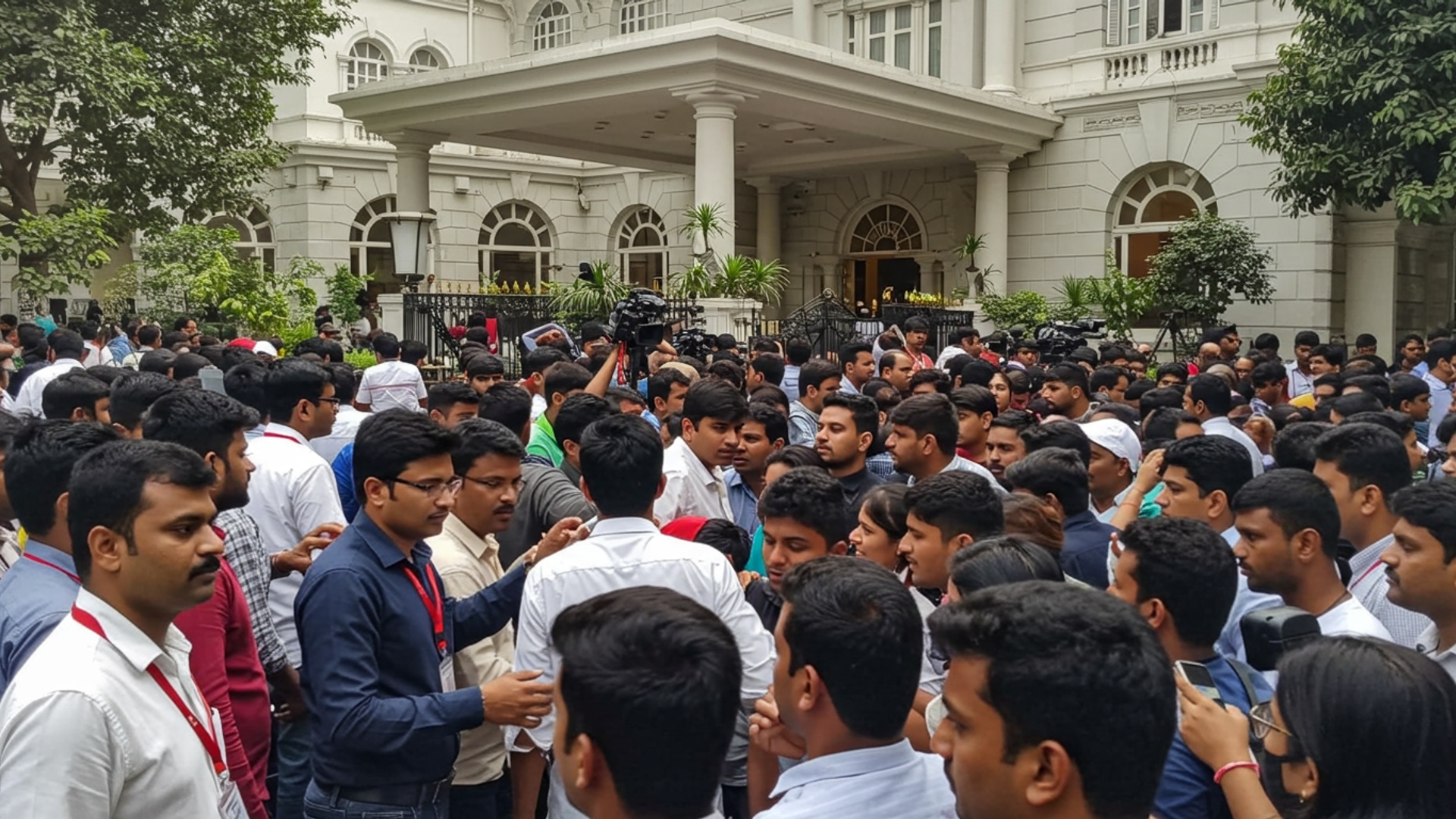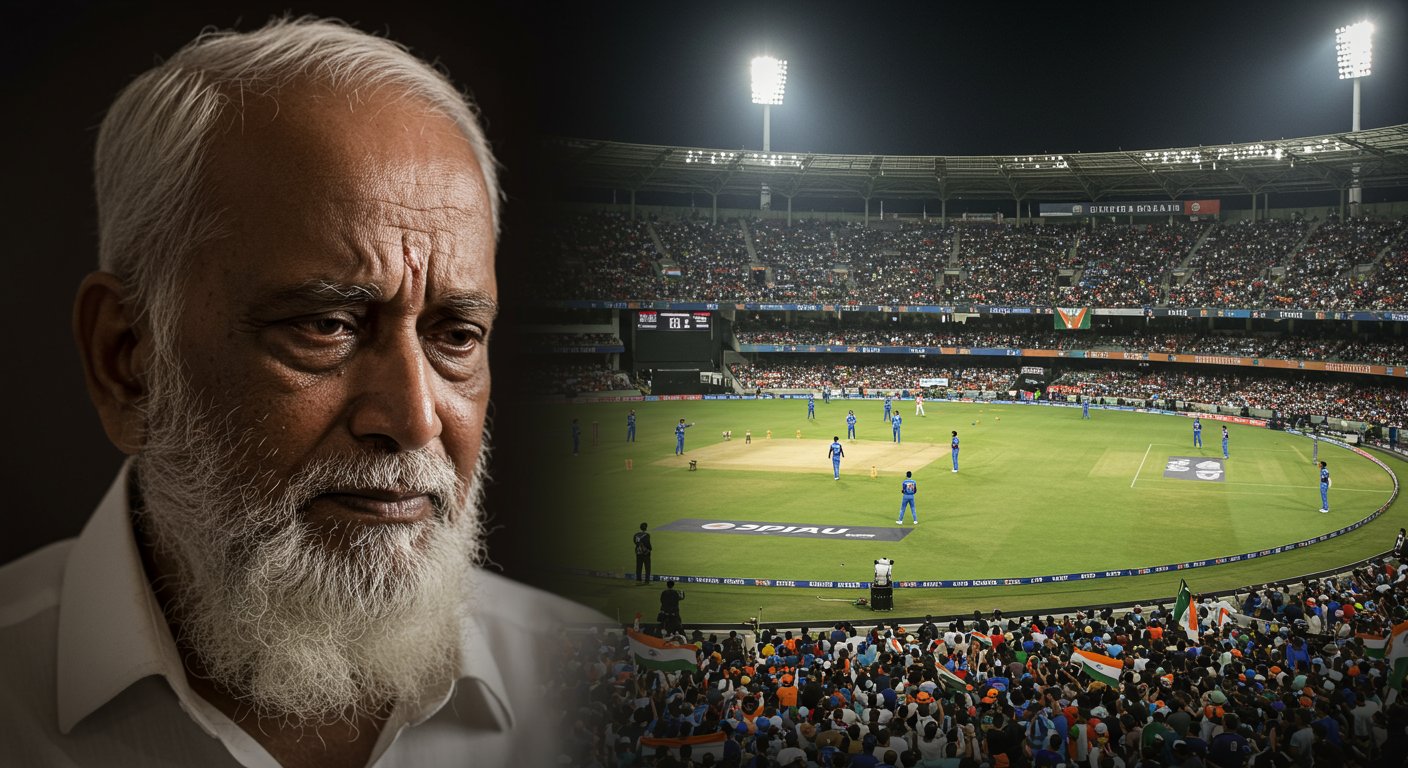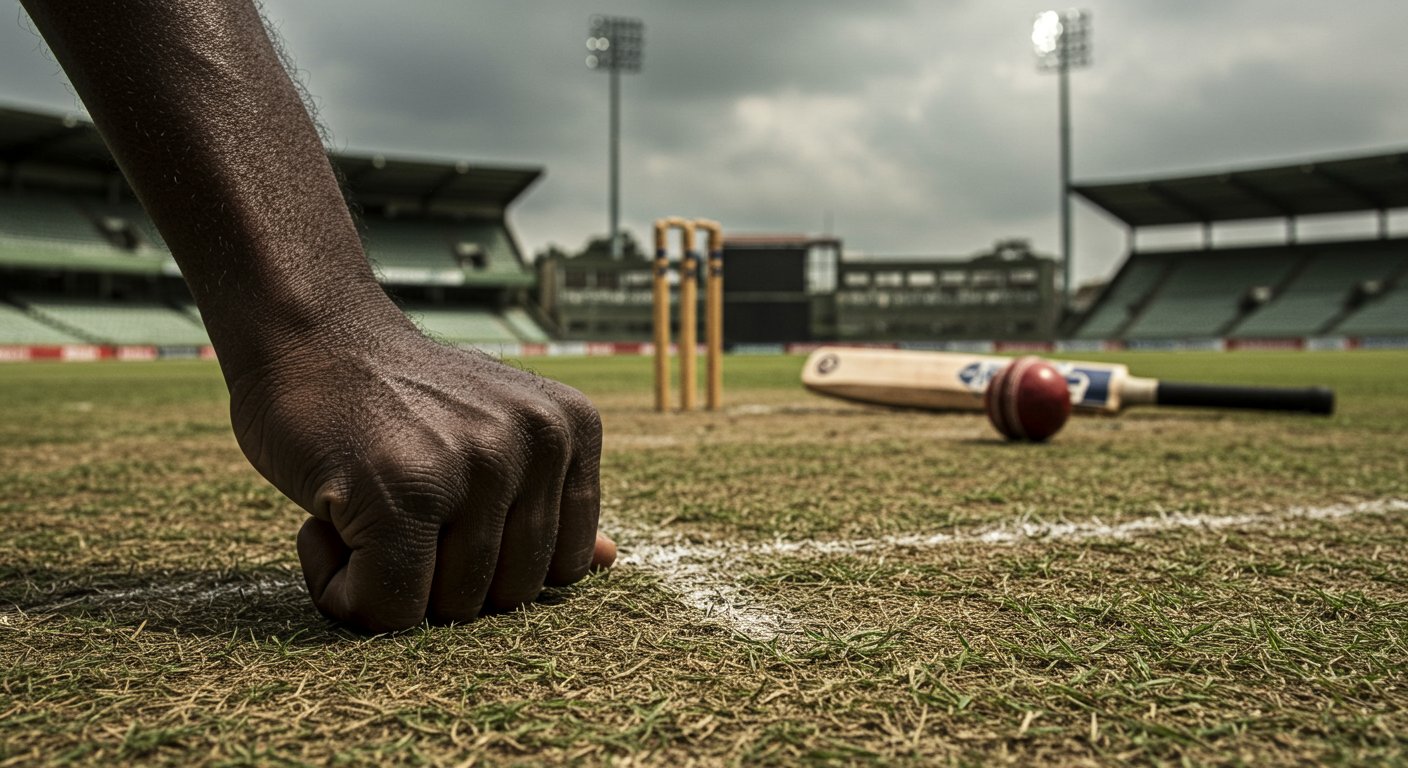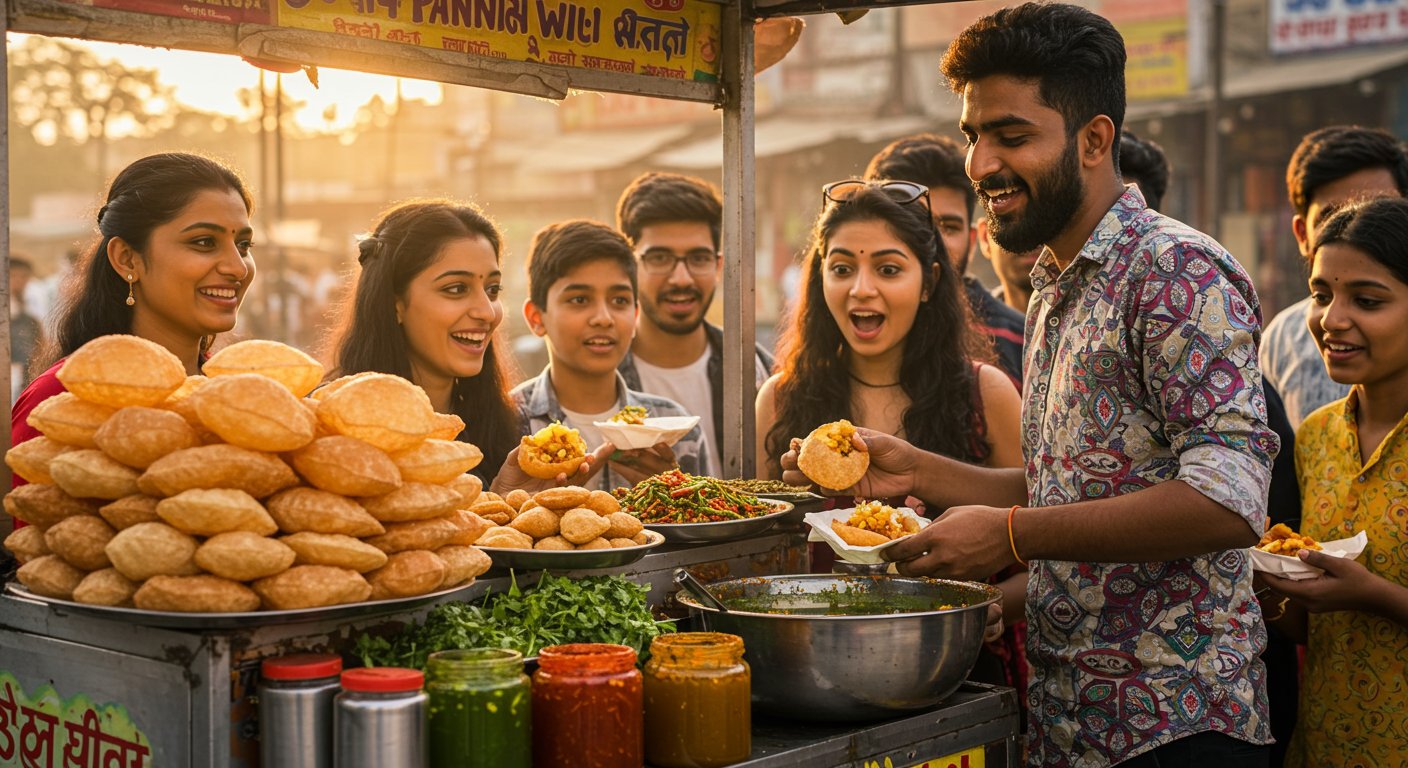A strong call to change the report on special places for Scheduled Castes (SC) people is now getting much louder in Karnataka. Different groups across the state are pushing the government to look again at how these spots are given in jobs and education. They say the current system, based on an old study, is not fair to all SC communities and needs immediate updates. This growing demand highlights a deep worry that many SC people are still left behind, making the need for a revised report very vital right now.
Understanding Internal Reservation for Scheduled Castes
The Indian state of Karnataka is currently at a crucial point regarding the long-standing demand for internal reservation among its Scheduled Caste (SC) communities. This matter seeks to ensure that benefits of reservation are shared fairly among the 101 diverse sub-groups within the larger SC category. The debate around internal reservation aims to address claims that some communities have received a larger share of benefits, while others remain underserved. This complex issue has been a point of discussion for over three decades, highlighting the need for a system that provides justice to all deserving groups.
Latest Report by Justice H. N. Nagmohan Das Commission
A significant development occurred recently with the submission of a new report on internal reservation by the Justice H. N. Nagmohan Das Commission. This commission, formed in November 2024 by the Karnataka government, was tasked with studying and recommending ways to implement internal reservation within the existing Scheduled Caste quota. On August 4, 2025, retired high court judge H. N. Nagmohan Das handed over his 1,766-page report to Chief Minister Siddaramaiah in Bengaluru. The report is based on a wide-ranging survey conducted across Karnataka from May 5 to July 6, 2025. This survey covered more than 10. 7 million people from 2. 724 million SC households, accounting for over 92% of the estimated SC population in the state. The commission’s findings propose a new way to divide the existing 17% reservation for Scheduled Castes in public education and employment. The recommended breakdown of the 17% SC quota is as follows:
- 6% for the SC (Left) group, mainly the Madiga community.
- 5% for the SC (Right) group, primarily the Holeya community.
- 4% for ‘touchable’ communities such as Lambanis, Koramas, Korachas. Bhovis.
- 1% for over 40 nomadic tribes, considered micro communities.
- 1% for Adi Karnataka, Adi Dravida. Adi Andhra communities.
This proposed structure aims to ensure a more balanced distribution of reservation benefits. the Supreme Court, in a ruling on August 1, 2024, confirmed that state governments have the power to implement internal reservations, provided they conduct a survey to reclassify sub-castes. This legal backing has paved the way for Karnataka to move forward with these reforms.
Previous Attempts and Challenges
The discussion around internal reservation is not new to Karnataka. An earlier attempt was made through the Justice A. J. Sadashiva Commission, which was set up in 2005 and submitted its report in 2012. This commission also recommended internal reservation, categorizing the 101 SC communities into four groups: SC-Left, SC-Right, Touchables. Others. The Sadashiva Commission had suggested allocating quotas from the then 15% SC reservation:
- 6% for SC (Left) communities.
- 5% for SC (Right) communities.
- 3% for Bhovi, Lambani, Koracha. Korama castes.
- 1% for other SC castes.
But, this report was never fully put into action. The previous state government, led by the BJP, had rejected the Sadashiva Commission’s findings. Instead, in 2022, based on another recommendation from Justice H. N. Nagmohan Das, the BJP government increased the overall SC reservation from 15% to 17% and ST reservation from 3% to 7%. Following this, the BJP government also proposed a different internal reservation model, which sparked protests from some communities, notably the Lambanis, who felt their share was too small.
Voices from Affected Communities
The recent submission of the Nagmohan Das report has brought various community voices to the forefront. The SC-Left communities, primarily the Madigas, have consistently advocated for internal reservation for many years. They argue that without such a system, larger or more influential SC sub-groups have disproportionately benefited from the existing reservation policy, leaving smaller and more marginalized communities behind. Leaders from these groups have called for the government to act swiftly on the commission’s recommendations. On the other hand, ‘touchable’ communities like the Lambanis, Bhovis, Kormas. Korachas have also expressed their concerns. While they support the idea of internal reservation, they believe the 4% share proposed for them in the new report is insufficient. Leaders from these communities have urged the Chief Minister not to rush the implementation of the report. They have also demanded that the report be made public and that the opinions of all 101 Scheduled Caste communities be considered before a final decision is made. Historically, the SC-Right communities, mainly Holeyas, have often been wary of internal reservation proposals, fearing a reduction in their share of benefits. But, some SC-Right leaders within the current government have indicated they would not object to the implementation of the report if all 101 communities are involved in the discussion and their concerns are addressed.
Government’s Next Steps
The Karnataka government, under Chief Minister Siddaramaiah, has acknowledged the importance of the Nagmohan Das Commission report. Upon receiving the report, the Chief Minister stated that it would be thoroughly discussed by the state cabinet. A special cabinet meeting has been scheduled for August 16, 2025, to examine the recommendations and make a decision. Law and Parliamentary Affairs Minister H. K. Patil emphasized that the Nagmohan Das Commission conducted a scientific survey covering a large portion of the SC population. The government has also previously affirmed its commitment to implementing internal reservation, which was a promise in the Congress party’s election manifesto. Senior ministers belonging to the Scheduled Caste community are reportedly advocating for the report’s clearance and presentation before the state legislature, ensuring decisions are made within legal and constitutional frameworks. after careful deliberation with all relevant parties. The government’s goal is to ensure social justice and equitable access to state benefits for all communities within the Scheduled Caste category. ![]()
